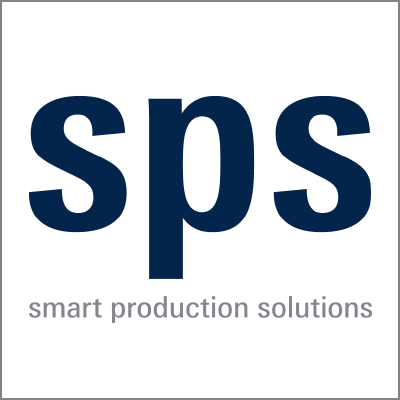Reliable connection elements from R+W
Custom-fit solutions – with just a few clicks
Configure and visualize your coupling with our CAD configurator
Whether precision or industrial: couplings from R+W work dynamically, precisely and backlash-free. They reduce friction to a minimum, are low-wear and maintenance-free – and thus guarantee an extremely long service life and performance. With its broad product portfolio and the innovative technology of couplings, R+W provides the right answer for all torque transmission issues.
Precision for Peak Performance: Custom Solution Setting New Standards
A Revolution in Tube Bending Technology: Plug-In Bellows Couplings
- The challenge: Develop a coupling specifically for CNC tube bending systems that would offer high torsional stiffness and easy installation. The mounting of both coupling flanges onto the machine would only be possible with a split coupling design.
- The solution: A specially developed plug-in metal bellows coupling was designed for this advanced piece of equipment, differing from conventional models due to its unique size and fully metallic design.
- The coupling: BK6 / 10,000 Plug-In Design
Trade shows
Find out about the latest trends and developments in your industry, discover our custom-fit products and individual special solutions, meet new business partners and make valuable contacts. We look forward to the personal exchange with you. Visit us at the following trade fairs:



AAA Zürich
Zürich, Switzerland
August 28th – 29th, 2024
Hall 1 / Booth A 18

A wide range of couplings for all requirements
Coupling selection is always dependent on the application and its unique requirements. R+W offers various coupling models for both high precision and heavy industrial machinery types.
Precision couplings transmit torques ranging from 0.05 to 25,000 Nm, depending on the coupling type and size. R+W’s product range includes torsionally rigid metal bellows and miniature bellows couplings, vibration damping elastomer couplings, torque limiting safety couplings, connecting shafts, and servo disc pack couplings in a wide variety of sizes and configurations.
Industrial series couplings transmit torques ranging from 200 to 2,080,000 Nm. Here R+W offers heavy duty safety couplings, torsionally rigid disc pack couplings and flexible gear couplings, along with larger sizes of metal bellows couplings and elastomer couplings.
Smart and secure into the future – the intelligent coupling from R+W is our innovative answer to modern requirements for digitalization, automation, and the Industrial Internet of Things (IIoT).




